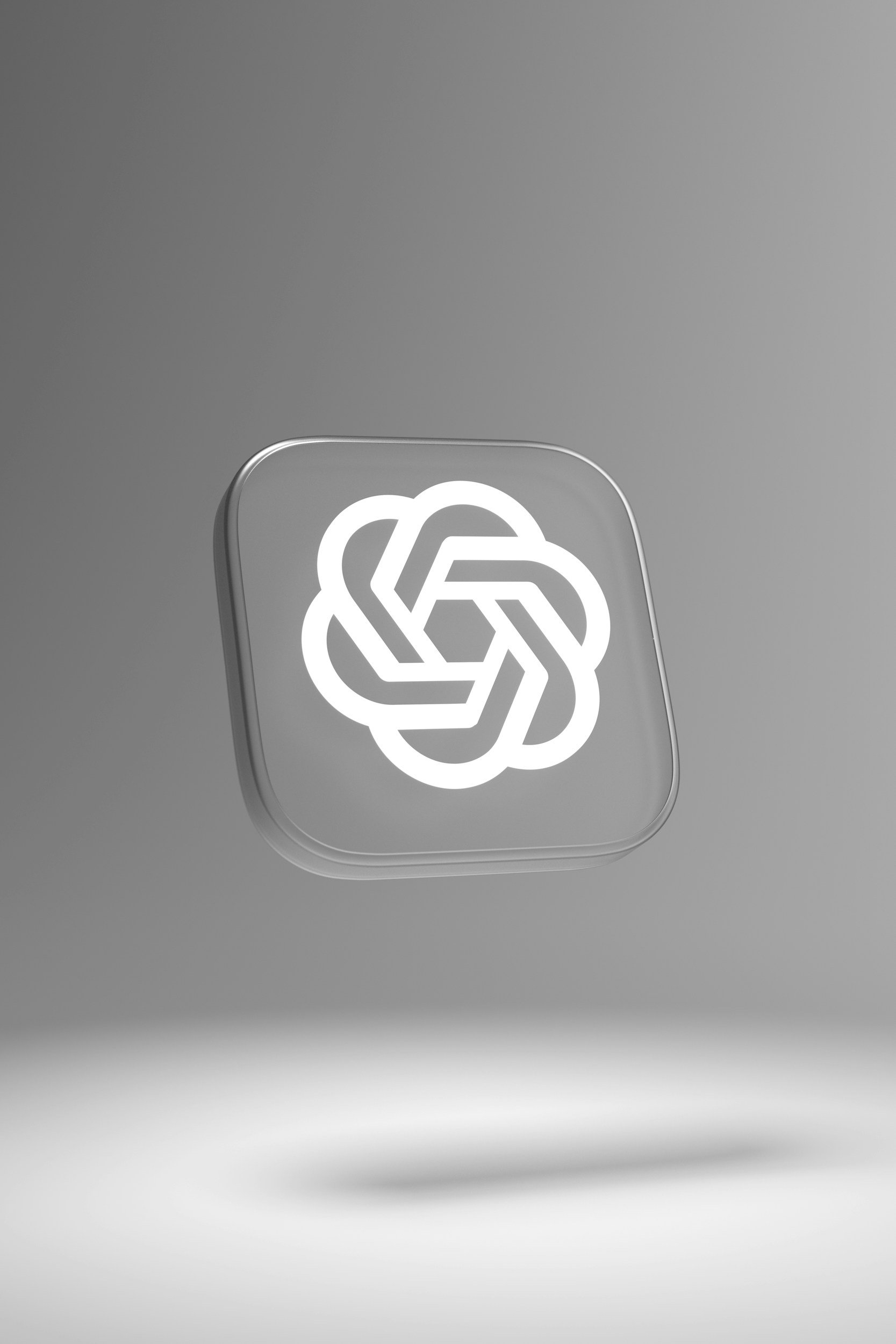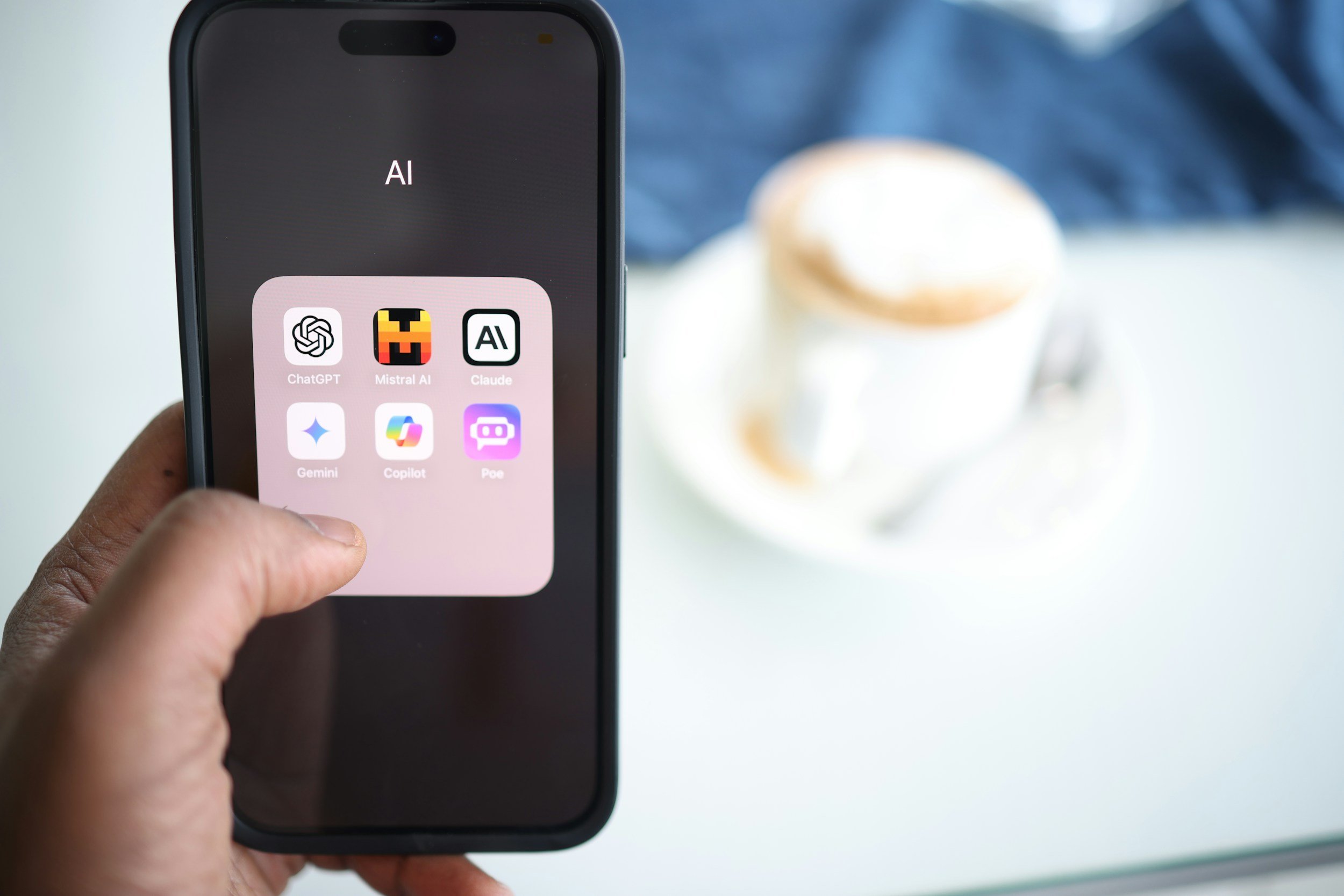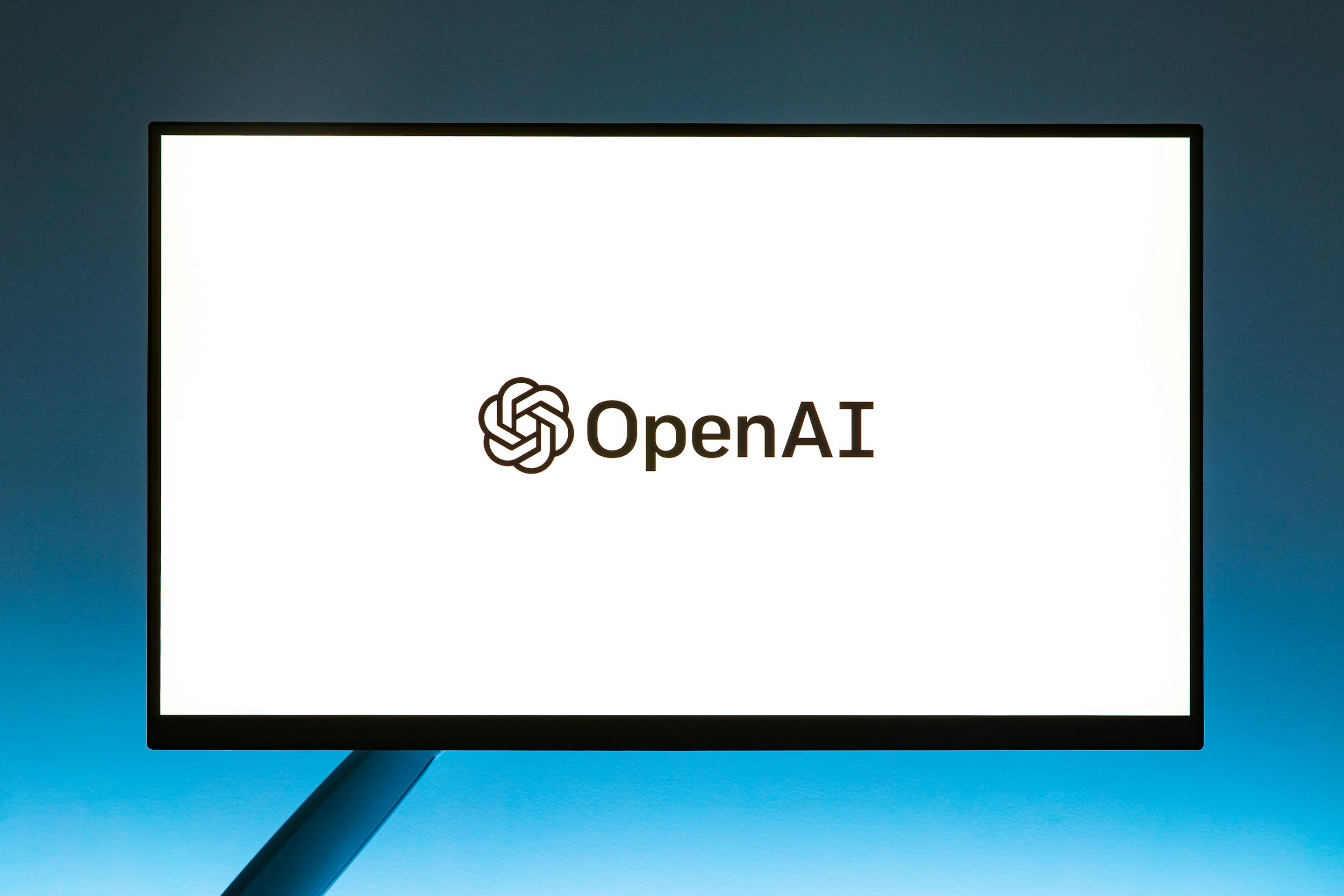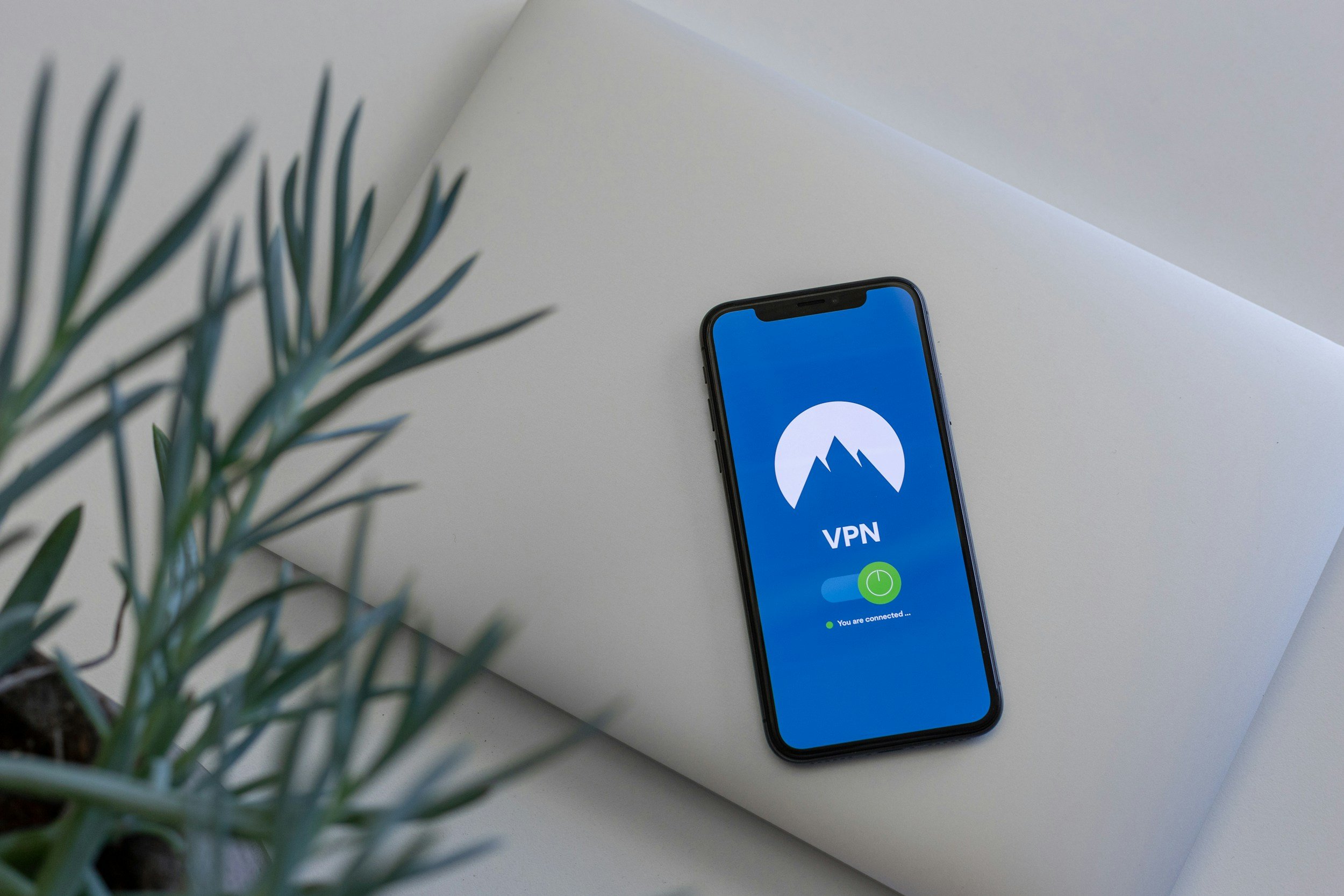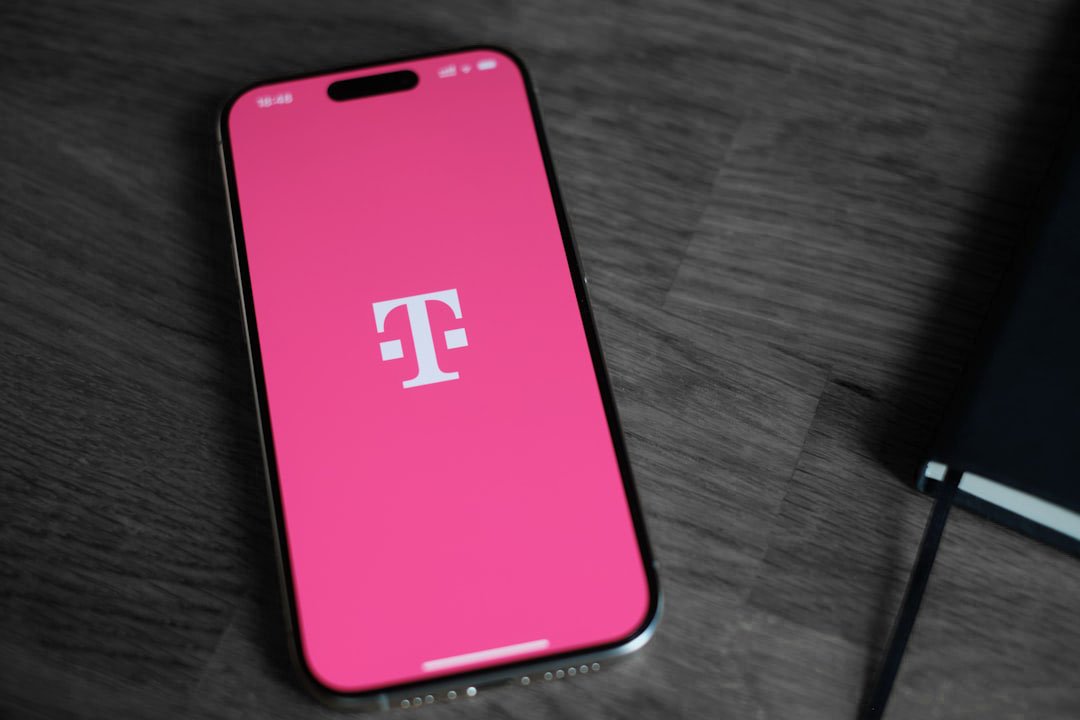How to Check if a Student Used ChatGPT
When you purchase through links on my site, I may earn an affiliate commission. Here’s how it works.
Table of Contents Show
You’re probably well aware of this whole ChatGPT thing going on. It’s a very powerful language model that can basically generate human-like text on, well, pretty much anything. Need a poem about something as absurd as a cat riding a unicorn? Done. Want a more serious summary of quantum physics? No problem.
It's seriously impressive tech, and I think it already is a game-changer in how we learn and teach. But, and this is a big but, there's also a flip side to this coin.
Think about it: if AI can write essays, solve problems, and even generate creative content, what's stopping students from using it to, shall we say, "shortcut" their way through assignments? That's where things get a little tricky. We're talking about academic integrity, ethical concerns, and the whole question of what it even means to "learn" in the age of AI.
Now, I'm not here to rain on anyone's parade. AI is here to stay, and it's going to have a massive impact on education, whether we like it or not. That's why I wanted to put together this post. We're going to dive deep into how to spot AI-generated text, specifically from ChatGPT. Think of it as a toolkit for educators, with practical tips and techniques to help you navigate this new landscape.
We'll talk about the telltale signs of AI writing, the tools you can use to detect it, and some best practices for addressing potential issues in the classroom.
Look, I get it. This is new territory for everyone. But the more we understand about AI and its capabilities, the better equipped we'll be to use it responsibly and effectively in education. So, let's get into it!
Note: This guide applies not only to ChatGPT content but also to detecting AI content in general.
A Quick Overview of How ChatGPT Actually Works
If you're trying to figure out if a student has used ChatGPT, it's super useful to get a grip on how it actually operates.
To keep things simple, you can think of it like this: picture a supercomputer that has read basically the entire internet, like every book, article, and website you can think of. That's essentially what ChatGPT has done – it's been trained on a massive amount of text data. This allows it to understand language, grammar, and even different writing styles.
So, when you give it a prompt, like "write a short story about a talking dog," it doesn't just pull something out of thin air. It uses its knowledge of language and the countless stories it's already processed to create something new. And that's where it gets really interesting – it can generate different types of creative text formats, like poems, code, scripts, musical pieces, email, letters, etc., and answer your questions in an informative way, even if they are open ended, challenging, or strange.
But here's the thing: while ChatGPT can produce some pretty impressive stuff, it does have its limitations. For one, it doesn't actually "understand" the text it's generating in the same way humans do. It's more about recognizing patterns and predicting what word should come next, based on its training data. This can sometimes lead to writing that feels a little, well, off.
You might notice a lack of originality, a somewhat formal tone, or even factual errors. It's also not great at understanding nuanced topics or expressing truly unique perspectives. I like to think of it as a really advanced autocomplete – it can string words together in a grammatically correct way, but it doesn't necessarily have anything profound to say.
Now, this is important for our goal to spot AI-generated text. While there's no single "magic bullet" to identify ChatGPT writing with 100 % certainty, understanding these characteristics can give us some clues.
We'll be talking about specific techniques later on, but keep in mind that it's often a combination of factors – the writing style, the structure, the content itself – that can raise a red flag.
How to Use Text Analysis Tools for Detecting ChatGPT-Generated Text
Alright, so we've talked about how ChatGPT works and some of its quirks. Now, let's get to the tech tools that can help us spot AI-generated text. These will help you analyze student work and flag anything that looks suspicious.
1. Turnitin
First up, we've got the plagiarism detection software you might already be familiar with, like Turnitin. These guys aren't just checking for copied work anymore. They're stepping up their game with AI detection capabilities. Turnitin, for example, claims to be able to detect AI writing with a high degree of accuracy. From my experience, they are, in fact, the most reliable.
2. Originality.ai
But it's not just the big players. There are a bunch of new tools popping up specifically designed to detect AI-generated text. Originality.ai is one that's been making waves, and it's definitely worth checking out.
3. GPTZero & More
You've also got GPTZero, BrandWell (former Content at Scale), Scribbr, and QuillBot, just to name a few.
Some of these are free, some are paid, but they all essentially work by analyzing the text for those telltale signs of AI we talked about earlier – things like repetitive sentence structure, lack of originality, and unusual word choices.
Now, here's the important part: don't just blindly rely on these tools. You should rather think of them as a starting point, not the final verdict. They can be really helpful in flagging potentially problematic passages, but they're not perfect. False positives can happen, and AI is constantly evolving, so these tools have to constantly play catch-up. That's why it's crucial to use your own judgment and combine these tools with other methods. We'll get into those manual techniques next.
How to Use Manual Detection Techniques for Detecting ChatGPT-Generated Text
Now, the following techniques might not be as flashy as some fancy AI detection software, but trust me, they're just as important. Essentially, you're looking for subtle clues, inconsistencies, and those little details that just don't add up.
1. Style and Tone Analysis
This is all about getting a feel for the student's writing. Do they usually write in a casual, conversational style? Or is their writing more formal and academic? If you notice a sudden shift in their tone, that could be a red flag. Maybe the writing suddenly becomes overly formal, with complex sentence structures and a vocabulary that seems out of character.
ChatGPT tends to play it safe, so you might see a lack of personality, humor, or unique voice in the writing. It also has a habit of overusing certain phrases or sentence structures. For example, it might rely heavily on transition words like "however," "therefore," and "in addition." Keep an eye out for these kinds of patterns.
2. Content Analysis
This is where you really dig into the substance of the work. Does the student's analysis seem shallow or superficial? Are there any factual errors or inconsistencies in their arguments? ChatGPT can sometimes hallucinate facts or present information in a way that lacks depth and critical thinking.
Another thing to consider is the student's personal perspective. Is their voice and unique viewpoint clearly present in the writing? Or does it feel like a generic, surface-level analysis? ChatGPT often struggles to express original thoughts or engage with the material on a personal level.
3. Structural Analysis
This is where you look at the overall organization and flow of the writing. Does the text feel choppy or disjointed? Are there any awkward transitions or repetitive sentence structures? ChatGPT can sometimes produce writing that lacks natural flow and coherence.
You might also notice unusual formatting or a lack of proper citations. While ChatGPT can generate citations, it might not always follow the correct style guide or format them consistently.
Eventually, these manual techniques are all about observation and critical thinking. It's kinda like putting together a puzzle – each clue might not be conclusive on its own, but when you combine them, you can start to get a clearer picture of whether or not AI was involved.
How to Address Potential False Positives
Even with all these tools and techniques, we're bound to run into some false positives. It's kinda like that spam filter that occasionally sends a legitimate email to the junk folder. These AI detection methods are still evolving, and sometimes, they might flag a student's work as AI-generated when it's actually legit.
That's why it's so important to approach this whole thing with a healthy dose of caution and, most importantly, open communication. Before jumping to conclusions, take a step back and consider the student's past work, their writing style, and their overall academic performance. Does this suspected AI-generated essay really seem out of character for them?
If you still have concerns, don't just accuse the student of cheating. Instead, have a conversation with them. Explain what you've observed, why you're concerned, and give them a chance to explain themselves. It could be a simple misunderstanding, or maybe they used AI for brainstorming but wrote the final draft themselves. The key here is to create a safe space for open dialogue and honest communication.
Now, if it does turn out that the student used AI inappropriately, don't just throw the book at them. Use it as a learning opportunity. Explain the importance of academic integrity, the ethical implications of AI use, and the value of developing their own skills and knowledge. You could even offer them a chance to revise the assignment or complete an alternative assessment to demonstrate their understanding.
One More Thing
Instead of just playing whack-a-mole with AI detection, why not – if possible – design assignments that make it less tempting to use in the first place? Think about it: if an assignment requires deep analysis, personal reflection, or creative problem-solving, it's going to be much harder for a student to just plug it into ChatGPT and get a decent result. This is where we can get creative as educators, designing assessments that truly challenge students and encourage them to showcase their unique abilities.
Final Thoughts
If there's one thing I want you to take away from this, it's this: AI is a tool, and like any tool, it can be used for good or for bad. It's up to us, the students and the educators, to shape how it's used, especially in a field as important as education.
I think staying informed is key here as the AI landscape is constantly evolving, with new models, new tools, and new challenges popping up all the time.
Now, I'm not saying we should all become AI experts overnight. But finding that balance between tech and human judgment is crucial. Those AI detection tools? Super helpful, but they're not foolproof. Manual analysis? Essential, but it takes time and effort. It's about combining the best of both worlds, using technology to assist us, but not relying on it blindly.
I'm still optimistic about the future of AI in education. Imagine personalized learning experiences, AI tutors that adapt to each student's needs, and tools that help us unlock human potential in ways we never thought possible. That's the kind of future I'm excited about. But it's only gonna happen if we use AI ethically, responsibly, and with a focus on what truly matters: empowering students and fostering a love of learning.
So, what do you think? Have you encountered AI-generated text in your classroom? What are your thoughts on these detection methods? Hit that comment section below and let's keep this conversation going! I'm curious to hear your experiences, your challenges, and your ideas for navigating this new era of AI in education.
By the way, if you're a tech enthusiast like me, you'll love my blog's tech newsletter! Subscribe now to get the latest news, reviews, and my personal take on all things tech, straight to your inbox.
Thank you very much for reading – see you around, and have a nice day!
FAQ
-
Not at all! ChatGPT might be the most popular kid on the block right now, but there are other AI writing tools out there, like Jasper, Gemini, and Claude. They all have their own strengths and weaknesses, but the general principles we've discussed here apply to most of them.
-
Real talk: it's pretty much impossible to completely block access to ChatGPT or any other AI tool. Students can access it on their phones, their home computers, you name it. Instead of playing a constant game of cat and mouse, focus on educating students about responsible AI use and designing assignments that discourage reliance on AI.
-
That's the real question, isn't it? AI has the potential to revolutionize education, providing personalized learning experiences, instant feedback, and access to information like never before. We're already seeing some cool applications, like AI-powered tutoring systems and tools that help students improve their writing.
-
Honestly? Nah. Change can be scary, but AI isn't going anywhere. Instead of fearing it, let's embrace it, learn about it, and figure out how to use it to our advantage. It might seem intimidating at first, but once you learn how to use it, it can unlock a whole world of possibilities.
-
I would use it as a teaching moment. Talk to the student, explain the importance of academic integrity, and explore the reasons why they felt the need to use AI. Maybe they were struggling with the assignment, or maybe they just didn't understand the rules. Offer support, guidance, and alternative ways for them to demonstrate their learning.
MOST POPULAR
LATEST ARTICLES






